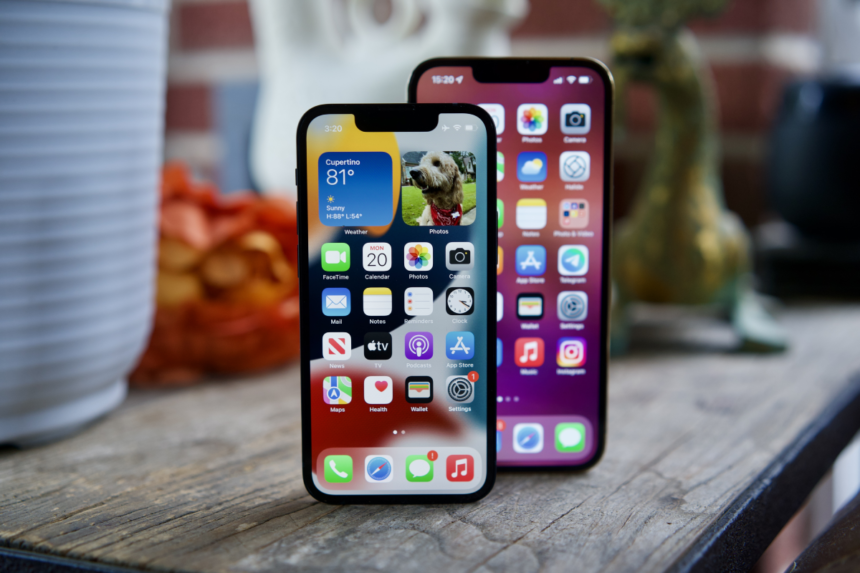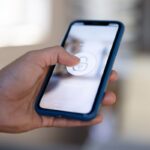It’s a good idea to keep in mind that smartphones are easily lost, stolen, or broken, even if it can seem like they’re always there when we need them. All data on your phone, including saved application data, documents, videos, and images, will be permanently lost even if you manage to replace the hardware. Updating the operating system alone has the potential to transform your costly smartphone into a mere “brick” composed of glass, silicon, and metal.
Thankfully, backing up your iPhone is rather simple, and if you happen to obtain a new phone that is identical to the old one, you might be able to upload the stored files and format it exactly like the old one—that is, if you backed it up. Those who own iPhones have two primary options: Your backup can be stored on a computer or an iCloud account.
It’s important to remember that syncing your phone is not the same as backing it up. While syncing saves contacts, photos, videos, songs, playlists, and podcasts, backing up saves a snapshot of your entire phone’s contents to restore them. Here’s how to back up your phone to your computer:
- Plug your phone into your Mac. If your computer is running MacOS 10.14 Mojave or an older system, you’ll need to open iTunes to access your phone. If your computer has MacOS 10.15 or newer, you can locate your phone via the Finder (at the bottom of your screen).
- If a message asks for your device passcode or to Trust This Computer on your phone or computer, follow the onscreen steps. (Apple has support resources if you’ve forgotten your passcode.)
- Locate your device on the computer (if it doesn’t appear automatically, use these instructions to find it).
- If you have sensitive information of any kind, especially financial or health information, it’s a very good idea to encrypt your backup for security. (If you don’t want to encrypt your information, skip this step.)
- Even if you don’t elect to encrypt your backup, the phone will update your apps and the OS before doing the transfer of your contents.
Click Back Up Now and wait for the contents to transfer.
Windows users must use Apple’s iTunes software to back up their iPhones. Click on your iPhone in the iTunes window, and click Summary. Then click on Back Up Now, and you’ll have the option to encrypt your backup.
You can also back up your iPhone wirelessly using an iCloud account. Here’s how:
- Connect your device to a WiFi network.
- In System Preferences, tap the option with your name at the top of the screen.
- Click iCloud, then iCloud Backup.
- Click Back Up Now.
It’s important to remember that the amount of storage you have on your iCloud account may limit how much you can back up. Simply put if you have the free 5 GB account and a 256 GB iPhone, you will need to pay for more storage or back up to your computer instead. Unlike computer backups, all iPhone backups to iCloud are fully encrypted for security.
There are also third-party software solutions to help with Windows and Mac backups, such as Acronis True Image, iMazing, and Dr.Fone. Third-party software may offer additional backup options, including the ability to choose the location of your backups and select the parts of the backup to restore.





